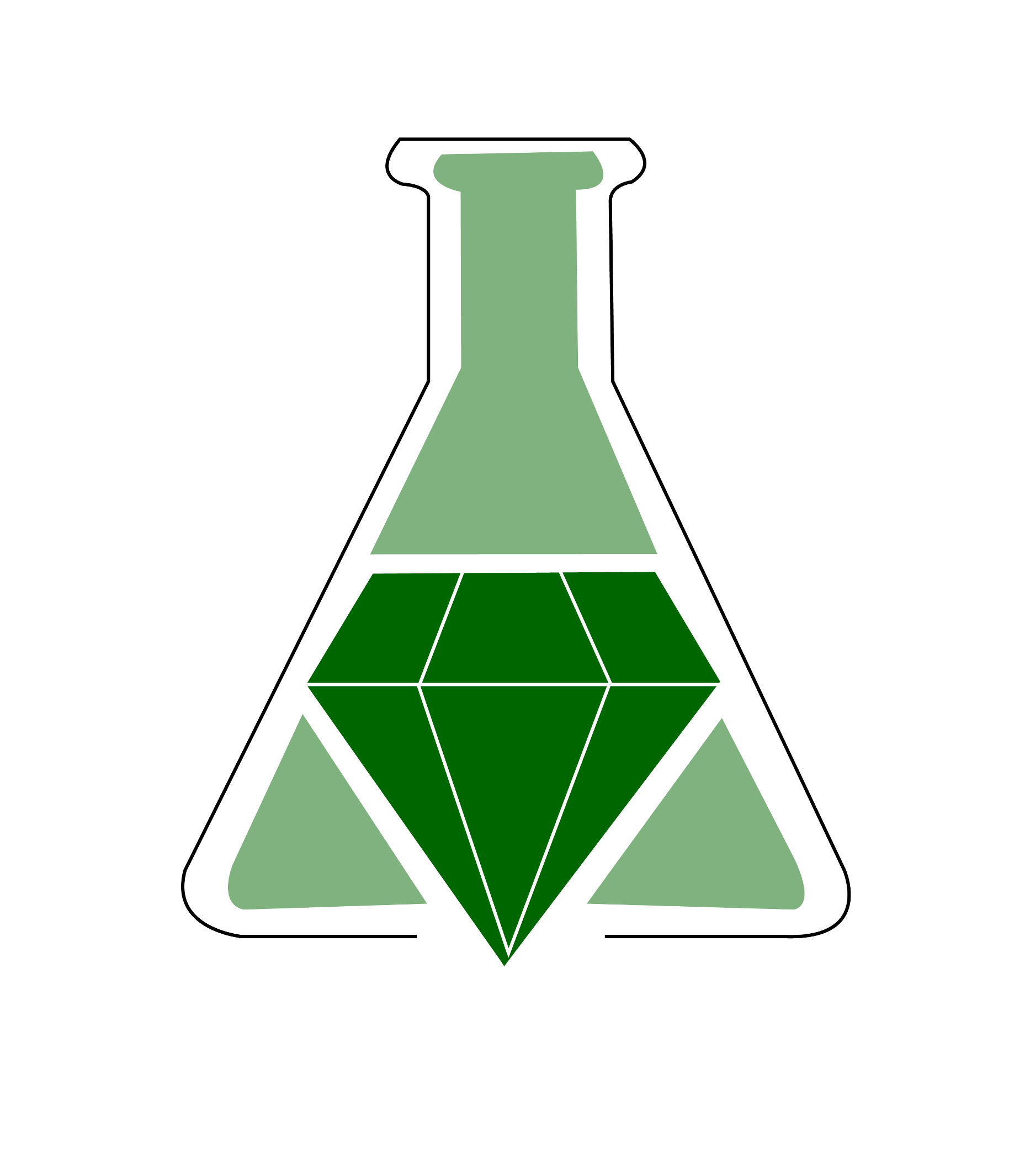Alkene Isomerization Using a Solid Acid as Activator and Support for a Homogeneous Catalyst

Summary
In this laboratory experiment, students explore the use of an immobilized Ni[P(OEt)3]4H2SO4 catalyst system to study the isomerization of 1-octene to trans- and cis- 2-octene. Nafion-H+ is a solid acid ion exchange polymer that both activates the air-sensitive transition metal catalyst and immobilizes the cationic species that can be characterized by UV-vis spectroscopy within the polymer matrix. The isomerization is performed under nitrogen at room temperature and can be completed in two, three- or four-hour lab sessions. The product ratio changes throughout the reaction and can be used to illustrate the equilibrium distribution of kinetic vs. thermodynamically stable products.
Supplemental materials are provided on the J. Chem. Educ. website and
include student instructions and procedures for the preparation of the catalyst and characterization of the Nafion immobilized species.
Summary prepared for the original GEMs database May 2005 by Julie A. Haack, Department of Chemistry at the University of Oregon.
Alkene Isomerization Using a Solid Acid as Activator and Support for a Homogeneous Catalyst
Andrew J. Seen
Journal of Chemical Education 2004 81 (3), 383
DOI: 10.1021/ed081p383
Supplemental materials are provided on the J. Chem. Educ. website and
include student instructions and procedures for the preparation of the catalyst and characterization of the Nafion immobilized species.
Summary prepared for the original GEMs database May 2005 by Julie A. Haack, Department of Chemistry at the University of Oregon.
Alkene Isomerization Using a Solid Acid as Activator and Support for a Homogeneous Catalyst
Andrew J. Seen
Journal of Chemical Education 2004 81 (3), 383
DOI: 10.1021/ed081p383
Keywords
Safety Precautions, Hazards, and Risk Assessment
See published journal article
Link to external
